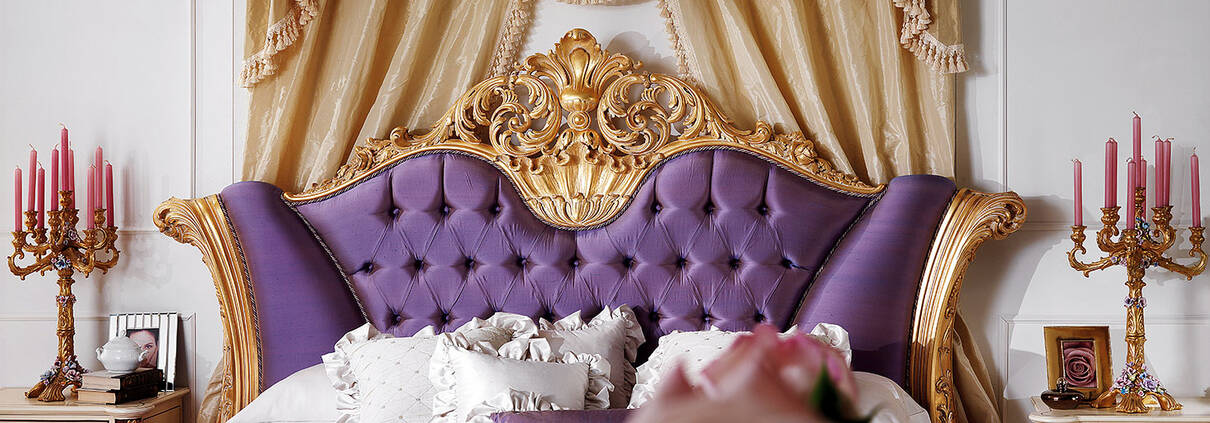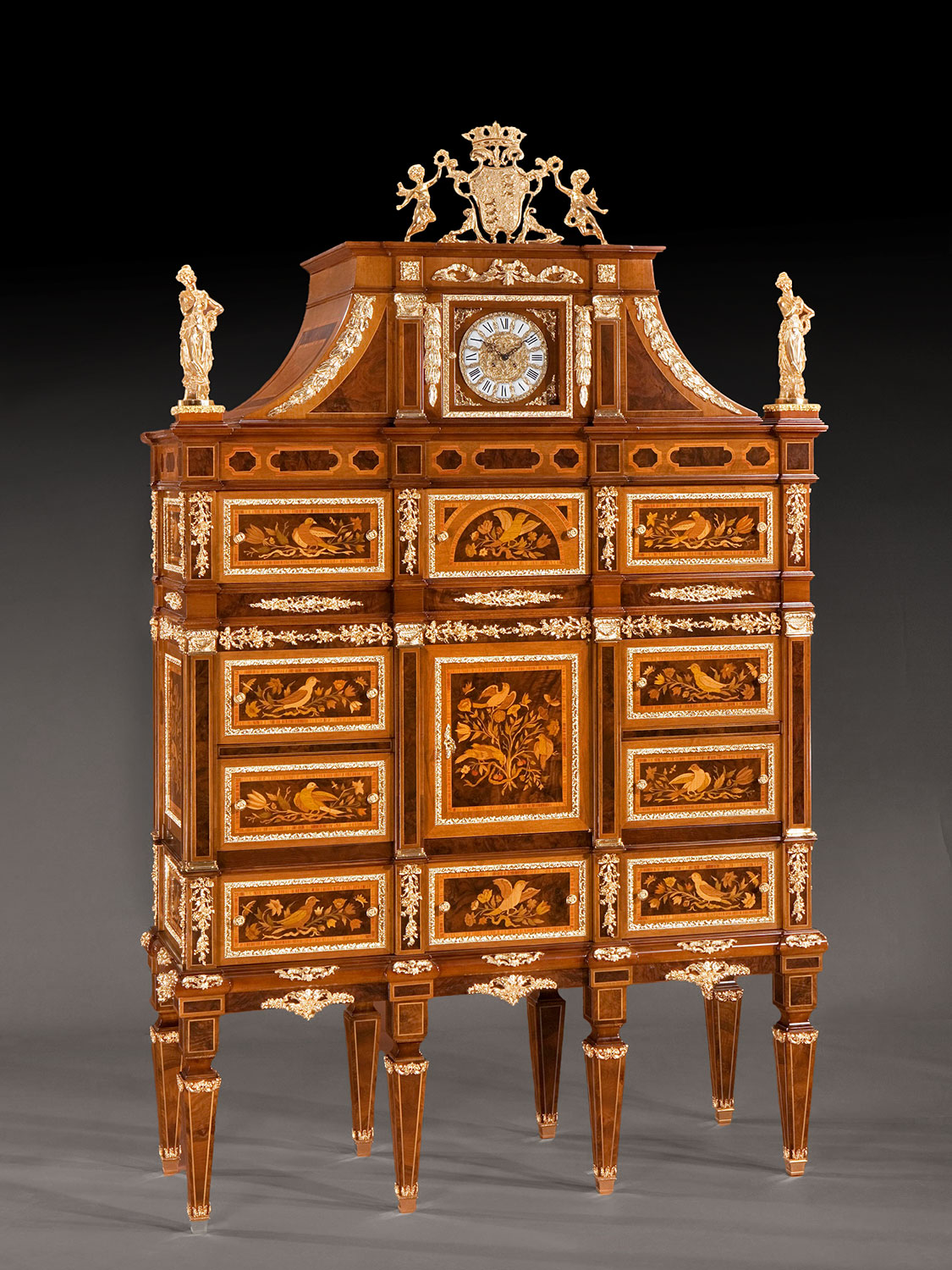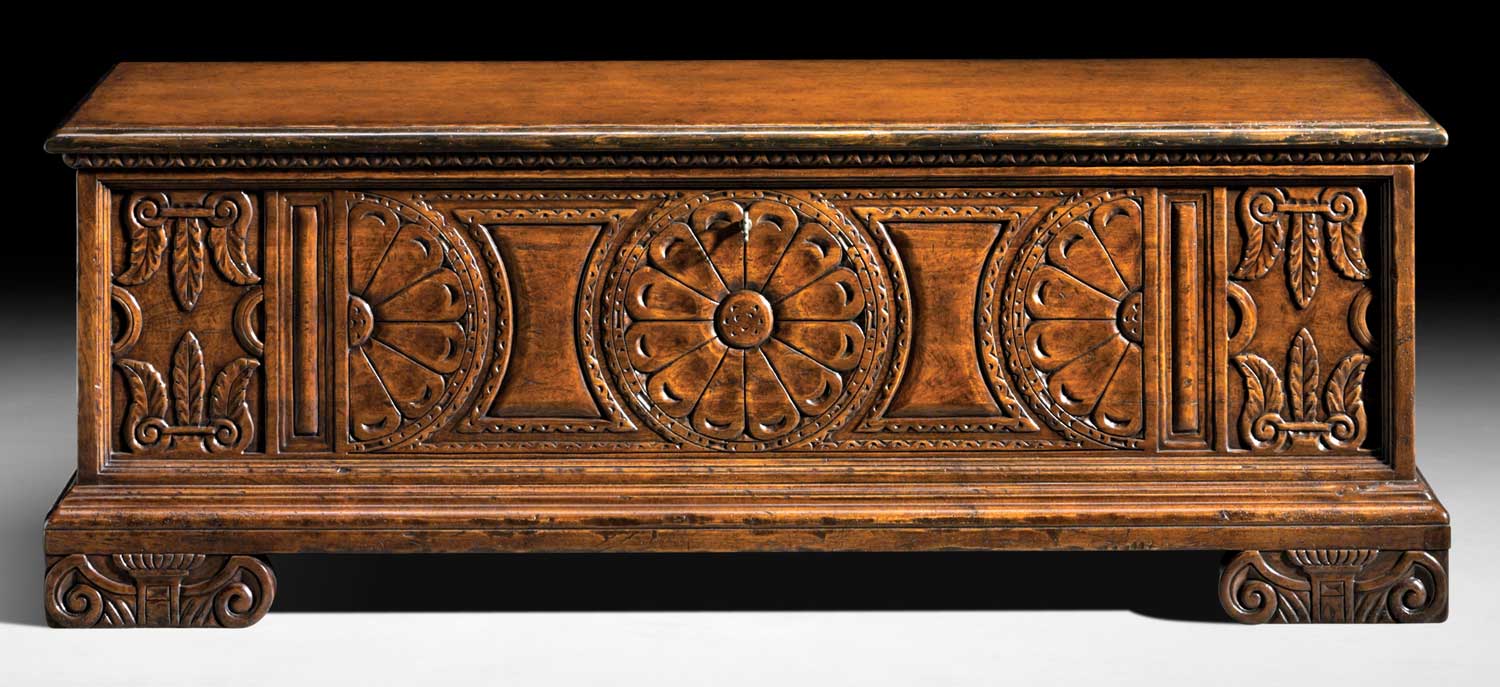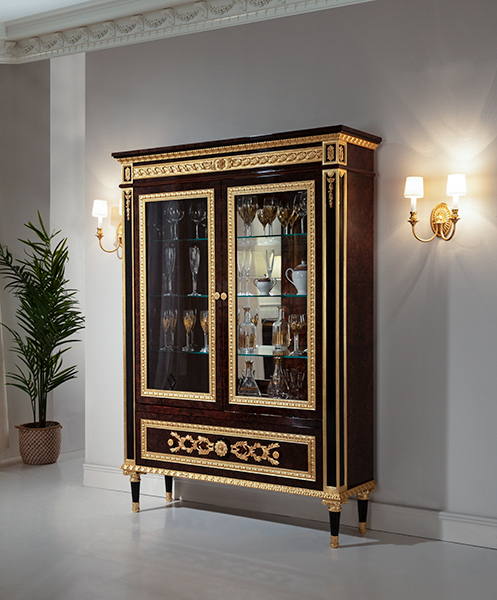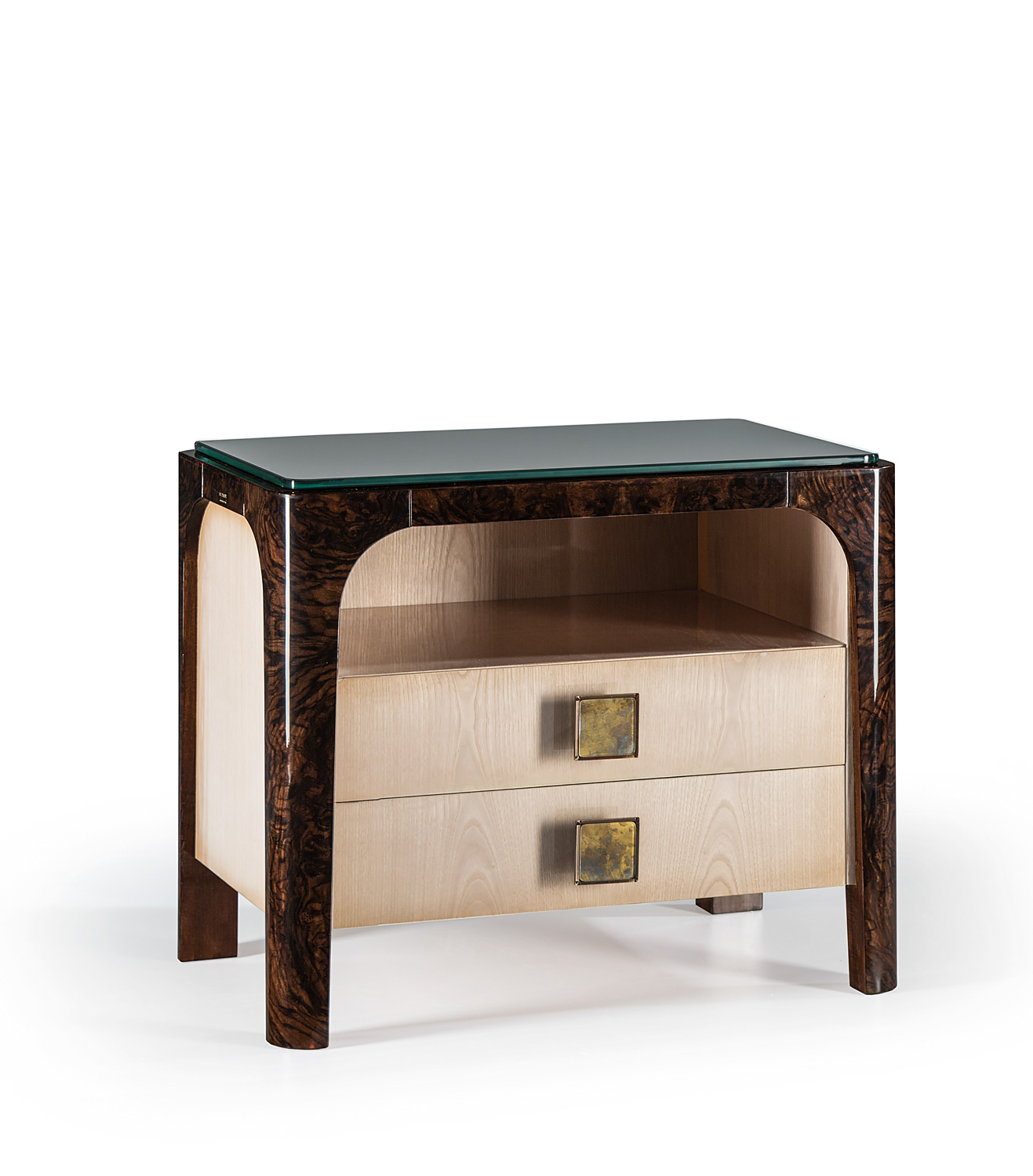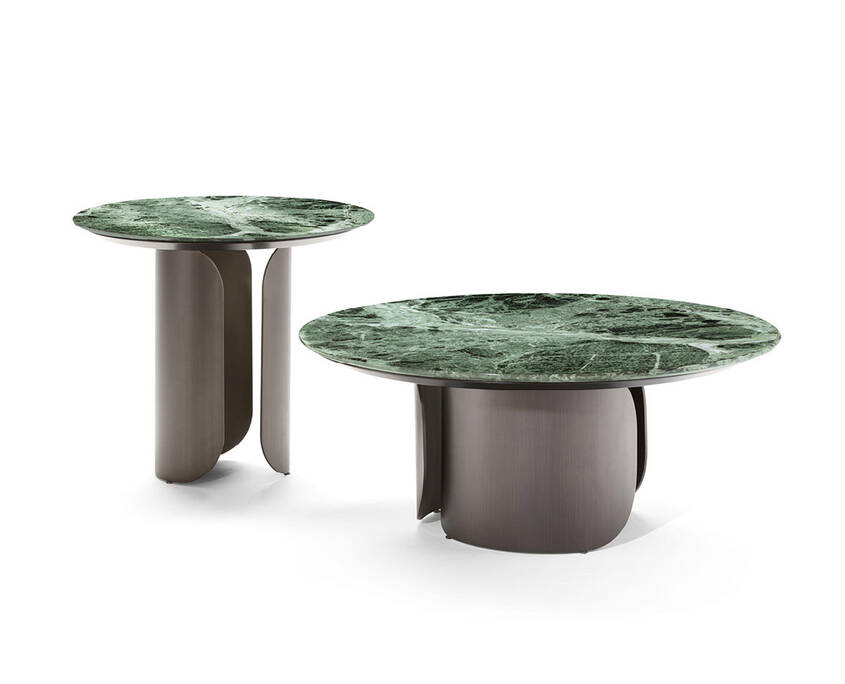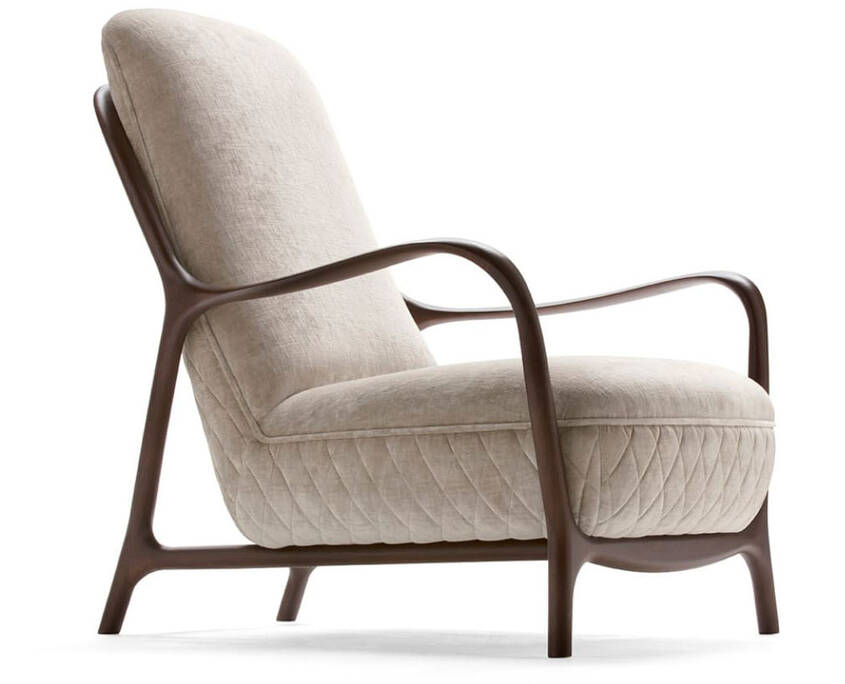Popular Design Styles of Italian Furniture
Italian furniture encompasses a variety of styles that reflect the country’s rich design heritage, from its classical roots to its cutting-edge modern creations. Here’s a breakdown of some of the most popular styles of Italian furniture:
1. Classical Italian Furniture:
- Baroque Style:
-
- Era: 17th to early 18th century
- Characteristics: Dramatic, ornate, and lavishly detailed. Features include intricate carvings, heavy use of gilding, rich upholstery, and bold colors.
- Common Pieces: Elaborately carved wooden armchairs, consoles, and cabinets; large dining tables with decorative legs; and grand canopy beds.
- Materials: Dark woods like walnut, rich fabrics such as velvet and silk, and elements like marble and gold leaf.
- Renaissance Style:
-
- Era: 14th to 17th century
- Characteristics: Symmetrical designs, architectural influences (such as columns and pediments), and an emphasis on proportion and harmony. Furniture often features inlays, intarsia, and classical motifs like laurel wreaths, acanthus leaves, and mythological figures.
- Common Pieces: Sturdy wooden chests (cassone), credenzas, chairs with straight backs, and tables with trestle bases.
- Materials: Dark woods (walnut, oak), intricate marquetry, metal accents, and rich fabrics.
- Neoclassical Style:
-
- Era: Late 18th to early 19th century
- Characteristics: Inspired by the classical art and architecture of ancient Rome and Greece, this style emphasizes clean lines, minimal ornamentation, and balanced proportions. Common elements include fluted legs, columns, and classical motifs like swags and medallions.
- Common Pieces: Dining tables with tapered legs, elegant chairs with curved backs, and sideboards with brass inlays.
- Materials: Lighter woods (such as cherry or mahogany), marble, and fabrics like linen and damask.
2. Mid-Century Modern Italian Furniture:
- Era: 1940s to 1970s
- Characteristics: Characterized by sleek lines, organic shapes, and innovative materials. This style blends form with function, resulting in furniture that is both practical and aesthetically pleasing. It often incorporates experimental materials such as molded plywood, metal, and plastic.
- Common Pieces: Low-profile sofas, armchairs with sculpted frames, minimalist coffee tables, and modular shelving units.
- Designers: Gio Ponti, Franco Albini, Achille and Pier Giacomo Castiglioni, and Carlo Mollino.
- Materials: Wood, leather, glass, metal, and plastic.
3. Modern and Contemporary Italian Furniture:
- Era: 1980s to present
- Characteristics: Emphasizes minimalism, clean lines, and a mix of high-tech materials with traditional ones. Modern Italian furniture focuses on innovation, functionality, and comfort while maintaining a sleek, stylish appearance. Contemporary designs often use neutral color palettes with occasional bold accents.
- Common Pieces: Modular sofas, streamlined dining tables, minimalist shelving units, and innovative lighting solutions.
- Materials: A combination of wood, metal, glass, leather, and innovative fabrics.
4. Rustic and Tuscan Style:
- Era: Traditional but continues to be popular in modern times.
- Characteristics: Inspired by the countryside of Tuscany, this style is warm, welcoming, and relaxed. It emphasizes natural materials, earth-toned color palettes, and sturdy, comfortable furniture that exudes a sense of timelessness and rustic charm.
- Common Pieces: Large wooden dining tables, rustic benches, wrought iron chandeliers, and overstuffed armchairs.
- Materials: Solid woods (like oak, chestnut, and walnut), terracotta, wrought iron, stone, and natural fabrics such as linen and cotton.
5. Art Deco Italian Furniture:
- Era: 1920s to 1940s
- Characteristics: A style that emerged in the early 20th century, Art Deco combines luxury and sophistication with bold geometric patterns, sleek lines, and rich materials. Italian Art Deco often has a unique flair with intricate detailing and exotic materials.
- Common Pieces: Low-slung sofas, lacquered cabinets, geometric coffee tables, and upholstered chairs with decorative inlays.
- Materials: Lacquer, exotic woods (like ebony and rosewood), chrome, glass, and luxurious fabrics.

